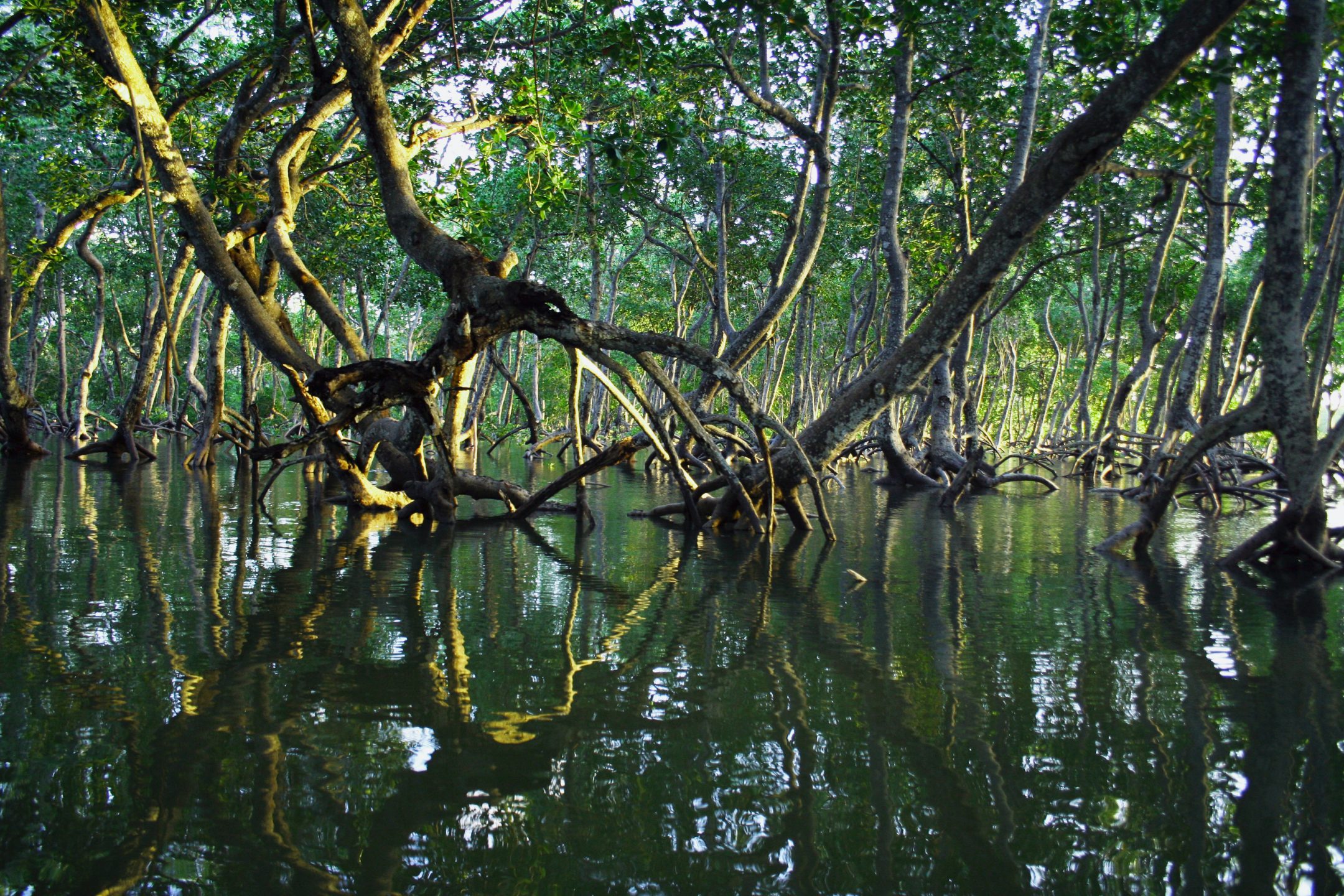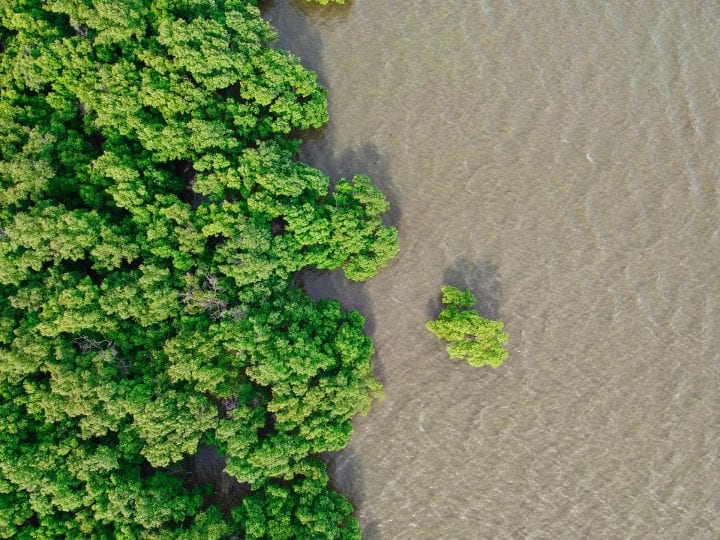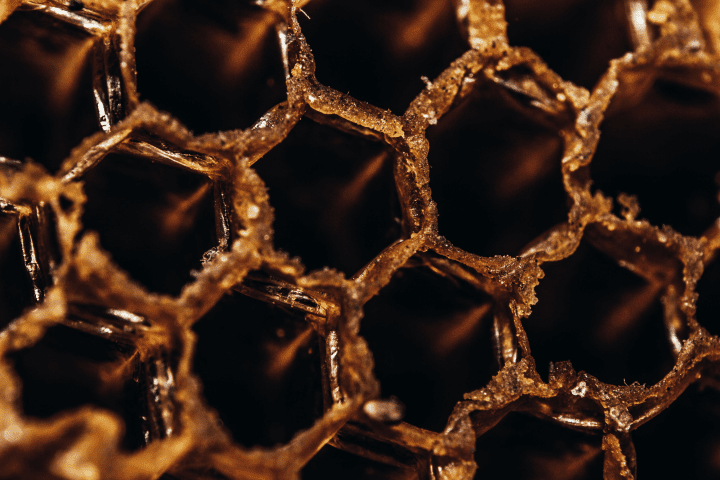Third Place - High School
UN Sustainable Development Goals Addressed
-

Goal 13: Climate Action
2018 Youth Design Challenge
This design concept was developed by participants in the Institute’s Youth Design Challenge. The descriptions below are from the team’s competition entry materials.
School: The Harley School
Location: Rochester, NY, United States
Coach: Betsy Vinton
Team members: Gunnar Hammonds, Jacob LaDue, Thomas Neumaier, Sam Reeder, Audrey Scudder, Belle Sherwood
Video Pitch

Innovation Details
The design solution mitigates the effects of coastline erosion and damage. By utilizing a dense structure inspired by the roots of mangrove trees, the solution can effectively dampen the force of strong waves, which contribute to coastline erosion and cause flooding and damage in coastline communities. It’s small size allows for easy deployment, and the structure requires less materials than traditional breakwaters and other existing solutions. Additionally, the root-based design allows water to flow through freely, minimizing disruption to aquatic ecosystems.
In recent years, coastal areas around the world have seen increases in storm intensity and frequency, but it’s also the normal weather patterns of the world that are drastically changing due to climate change. This design will be used to combat these intensifying weather patterns by breaking storm surges on the coast and partially holding off raising water levels and rough conditions, protecting property and allowing people along the worlds coastlines to live safer and more sustainable lives.
One of nature’s solutions to dampening waves is the root structure of the mangrove tree, which grows in coastal colonies and must cope with constant wave action. The dense root structure efficiently absorbs the energy of the waves, reducing coastal erosion while still allowing water to pass through. The design’s hexagonal modular structure also incorporates a Voronoi diagram pattern commonly found in nature (for instance in beehives and plant cell distributions) to maximize the area covered by each individual mesh of roots.



